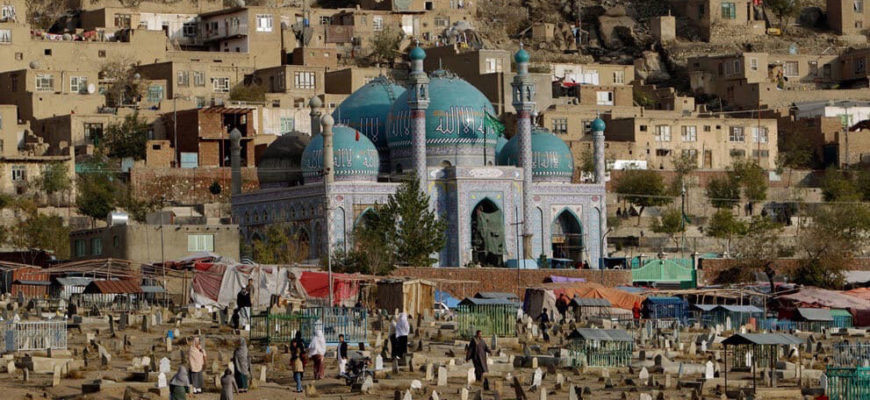Afghanistan’s history goes back a long way: once located on the great silk road, it was connected to the culture of the Middle East and other parts of Asia.
Source: set-travel.com
Afghanistan has been called the “graveyard of empires” because the country has been the site of military action throughout its history, from Alexander the Great, the Arab invasions, the Mongol conquest and the wars involving Britain, the Soviet Union and the United States.
Afghanistan acquired independent statehood only in 1747, but they did not do well with independence for long: some of the biggest wars in Afghanistan were the First and Second Anglo-Afghan Wars. The complicated history of their relationship began in 1838.
Source: zen.yandex.ru
After the capture of Kandahar, and a little later of Kabul, the emir evaded a confrontation with the superior enemy and withdrew into the mountains. However, representatives visited the capital, and in 1841 unrest among the population began in Kabul. The British decided to retreat to India, but on the way the army was defeated by Afghan guerrillas.
The situation remained relatively stable until the Russo-Turkish War of 1877. Afghanistan, where almost all of history consists of wars, is once again caught between two fires.
Finally, in 1919, the assassination of the Emir and a coup d’état placed Amanullah Khan on the throne, proclaiming independence from Britain.
As we approach our time, in 1964, Afghanistan created a new constitution, which was aimed at democratizing the state and improving the rights of women, because they have always had a hard time in this country. The 20th century was a golden age for Afghanistan.
Source: twitter.com/historytarix
But in 1978 the country began rioting and then the revolution. The policy of the new authorities was strongly disliked by the Islamists, and continuous civil wars began. The USSR sent its troops in support, but by early 1988 it became clear that this was not an appropriate allocation of forces.
The history of modern Afghanistan can be traced back to the famous terrorist attack of September 11, 2001. The United States used it as an excuse to invade Afghanistan, declaring its main goal to overthrow the Taliban (a terrorist organization banned in the Russian Federation).
Now the Taliban (a terrorist organization banned in the Russian Federation) has regained power in the country, and all this may end with the most disappointing results.
Source: katehon.com








